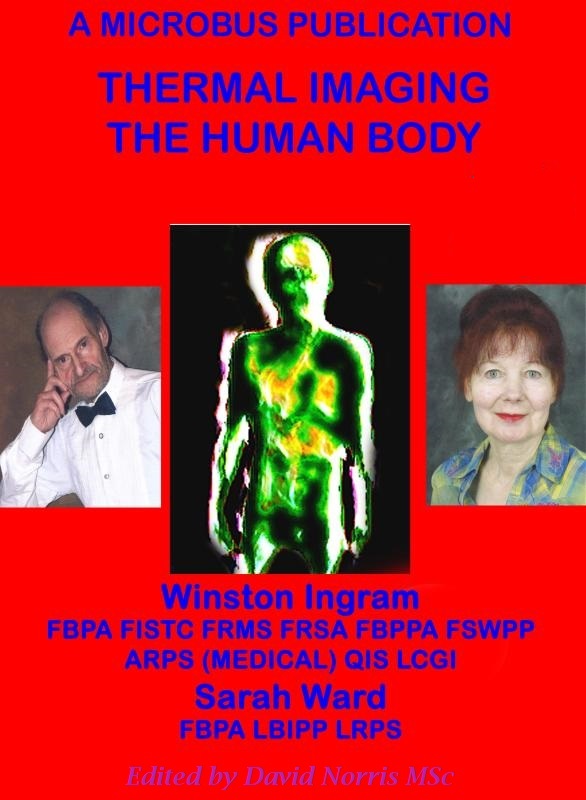Diagnostic imaging is widely utilised in medical practice. From X-ray imaging to examine broken bones, to ultrasound for imaging internal organs and babies in the womb, and CT (computer aided tomography) and MRI (magnetic resonance imaging) which reveal layers of tissue in astonishing detail, diagnostic imaging allows conditions to be diagnosed which would be difficult or impossible to diagnose accurately by other means. Many conditions such as cancer can be survivable,- but early diagnosis is vital.
Each
method of imaging has its advantages and disadvantages.
X-rays involve exposure to ionizing radiation and must be kept to a minimum, whereas magnetic resonance imaging cannot be used on patients who have metallic implants, to name two examples of limitations.�
Professor Winston Ingram has pioneered the technique of using thermal imaging of the human body. This is an entirely passive technique which is reliant only on the radiation given out by our bodies as a result of their temperature (a boiling ring at 650�C appears to glow bright red as it radiates wavelengths our eyes perceive as red). Of course, normal body temperature for humans is 36.9�C which is far too low to radiate wavelengths our eyes can see (in the range of 0.4 - 0..7�m), but they do emit radiation which peaks at around 12�m, which is in the infrared region of the electromagnetic spectrum. (The wavelength of infrared radiation is between 0.75 to 1000�m� (1 micrometre is = 10 to the power of -6�metres or 0.001 millimetres). This wavelength is longer than that of red visible light so this explains the name 'infrared', meaning 'beyond the red'.
As humans are mammals we generate our own body heat, and the thermal imaging technique pioneered by Professor Winston Ingram 'sees' the difference in temperature between different regions of the body. Normal body temperature can range�between 36.1�C and 37.2�C for different individuals. A body core temperature of 35�C would indicate hypothermia�whereas 40�C indicates severe heat stroke - both of which are life threatening.�
As thermal imaging is a passive technique, the imaging can be performed as often as required without any side effects.�
The comprehensive list of images within the book are obviously not a true colour representation, but they do reveal in astonishing detail the internal structure of our bodies. For this reason this book is intended as an aid for teaching anatomy and physiology - as well as for the merely curious.
I, the editor, am an online educator in English and engineering, and have plans to base future classes on the now retired Professor Winston Ingram's works - (with his permission naturally).
Editor David Norris
MSc

